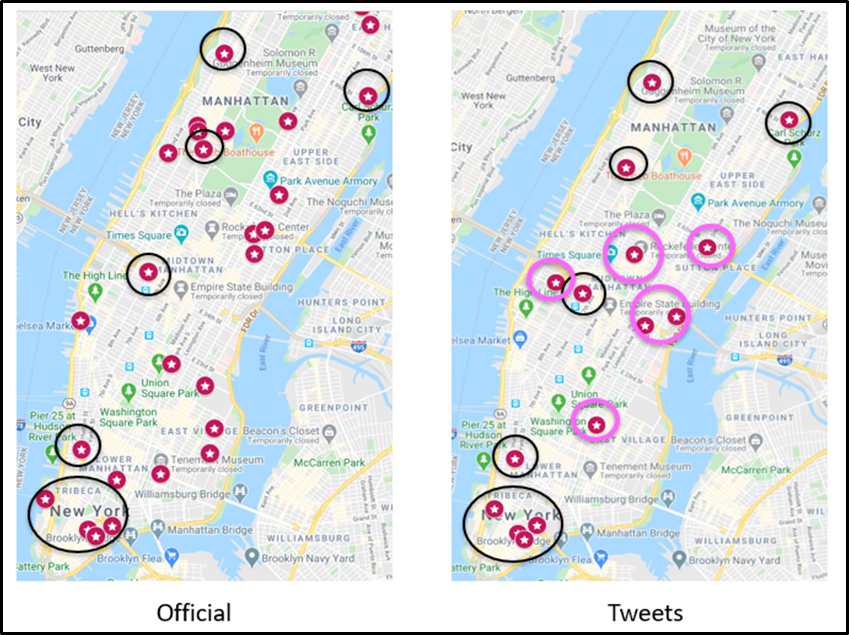As the world’s urban population rapidly grows, cities all over the world are experiencing severe traffic congestion. Traffic congestion causes widespread socioeconomic and environmental issues for cities. As an example, the New York City economy is expected to incur losses of over $20 billion over the next five years because of traffic congestion that leads to unforeseen business expenses, wasted fuel consumption from increased idling, and increased vehicle maintenance costs. In addition to the rapid growth of the number of vehicles on the road, unexpected roadway conditions caused by roadside construction/maintenance, car accidents, asynchronous traffic signals, changes in driver behavior, among other factors also cause the traffic congestion in urban areas. The propagation of traffic disturbances along with a lack of rapid information sharing between drivers can easily lead to widespread delays in an entire city’s traffic network.
Natural Language Processing (NLP) for Intelligent Transportation Systems
Applying Natural Language Processing (NLP) in social media for the purpose of leveraging underutilized transportation-related posts for Intelligent Transportation Systems (ITS) applications is an active area in research. In this project, we propose to support and complement traffic reporting systems and navigation assistants by exploiting the abundance of data in social media and use it as an additional source of traffic information. To this end, we develop an automated framework that automatically processes social media data from the web, classifies it, and extracts traffic-related reports to convert them into navigation alerts. One situation where this framework has the ability to effectively work is the case when drivers are stuck in heavily-congested roadways. There is a tendency that users could post about the situation in social media, which is meaningful for other drivers. However, this is not the only unique possibility.
The framework also uses inputs from specialized agencies and from regular people who are not necessarily driving such as cyclists, pedestrians, or passengers in vehicles, ride-sharing taxis, or buses, etc. The framework automatically browses social media platforms, distinguishes traffic-related messages, extracts/understands the incidents information, and converts them into alerts in the navigation apps. A joint text processing framework based on fine-tuning BERT classification models for filtering the traffic related information, and either a Question-answering (QA) model or a name-entity recognition (NER) model for extracting real-time traffic details data from social media are developed. In this two-phase NLP pipeline, we first develop a filter that classifies numerous collected text inputs into different groups. Then, we extract necessary information from these filtered groups in order to automatically understand and characterize the reported traffic event from social media by determining its location, its occurrence time, and its nature, e.g., blocked road, accident, etc. Once the detailed traffic information is obtained, we implement an automated system that converts collected posts from social media into real-time traffic information that are used to update navigation maps and warn drivers about any traffic events.

The framework also uses inputs from specialized agencies and from regular people who are not necessarily driving such as cyclists, pedestrians, or passengers in vehicles, ride-sharing taxis, or buses, etc. The framework automatically browses social media platforms, distinguishes traffic-related messages, extracts/understands the incidents information, and converts them into alerts in the navigation apps. A joint text processing framework based on fine-tuning BERT classification models for filtering the traffic related information, and either a Question-answering (QA) model or a name-entity recognition (NER) model for extracting real-time traffic details data from social media are developed. In this two-phase NLP pipeline, we first develop a filter that classifies numerous collected text inputs into different groups. Then, we extract necessary information from these filtered groups in order to automatically understand and characterize the reported traffic event from social media by determining its location, its occurrence time, and its nature, e.g., blocked road, accident, etc. Once the detailed traffic information is obtained, we implement an automated system that converts collected posts from social media into real-time traffic information that are used to update navigation maps and warn drivers about any traffic events.




